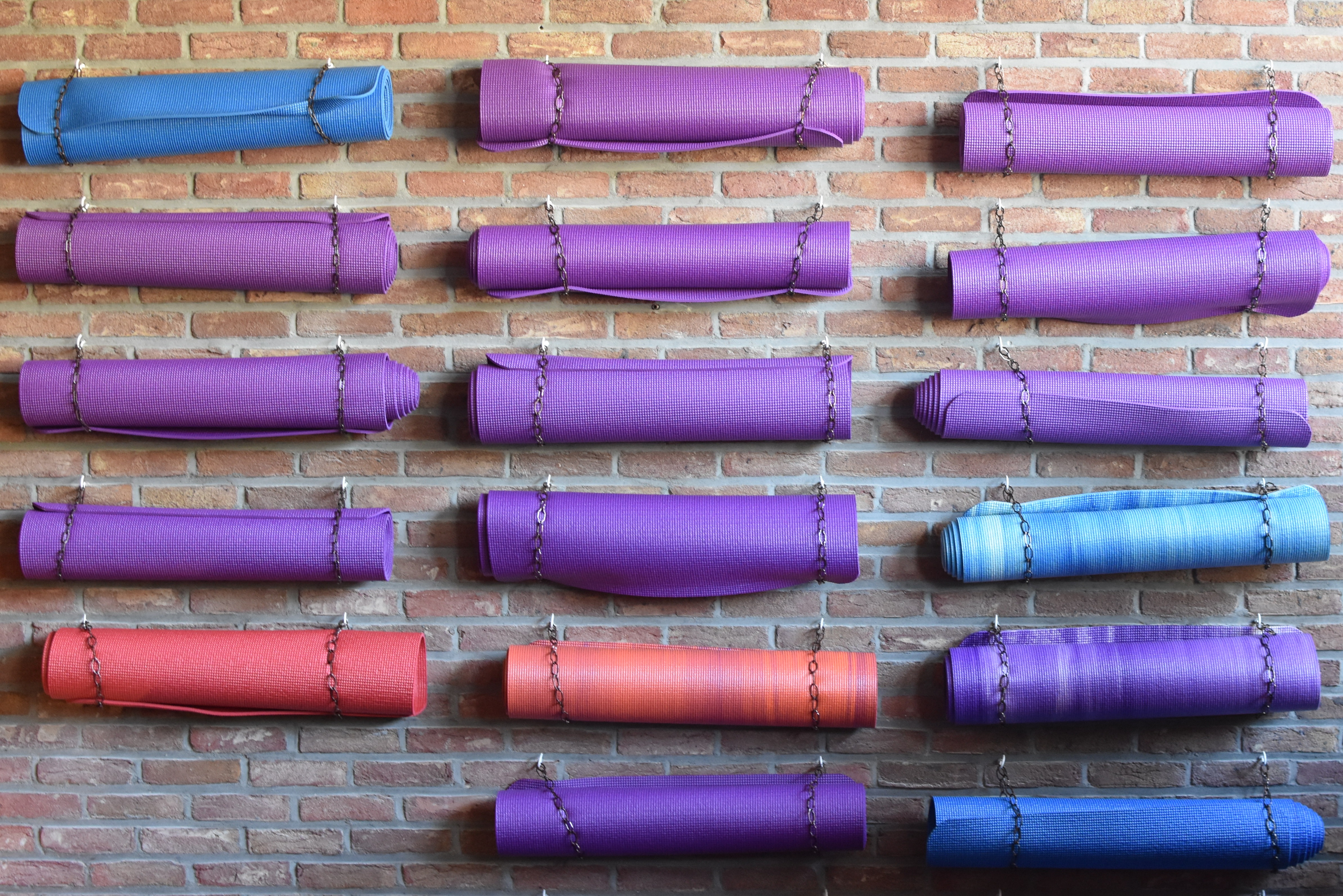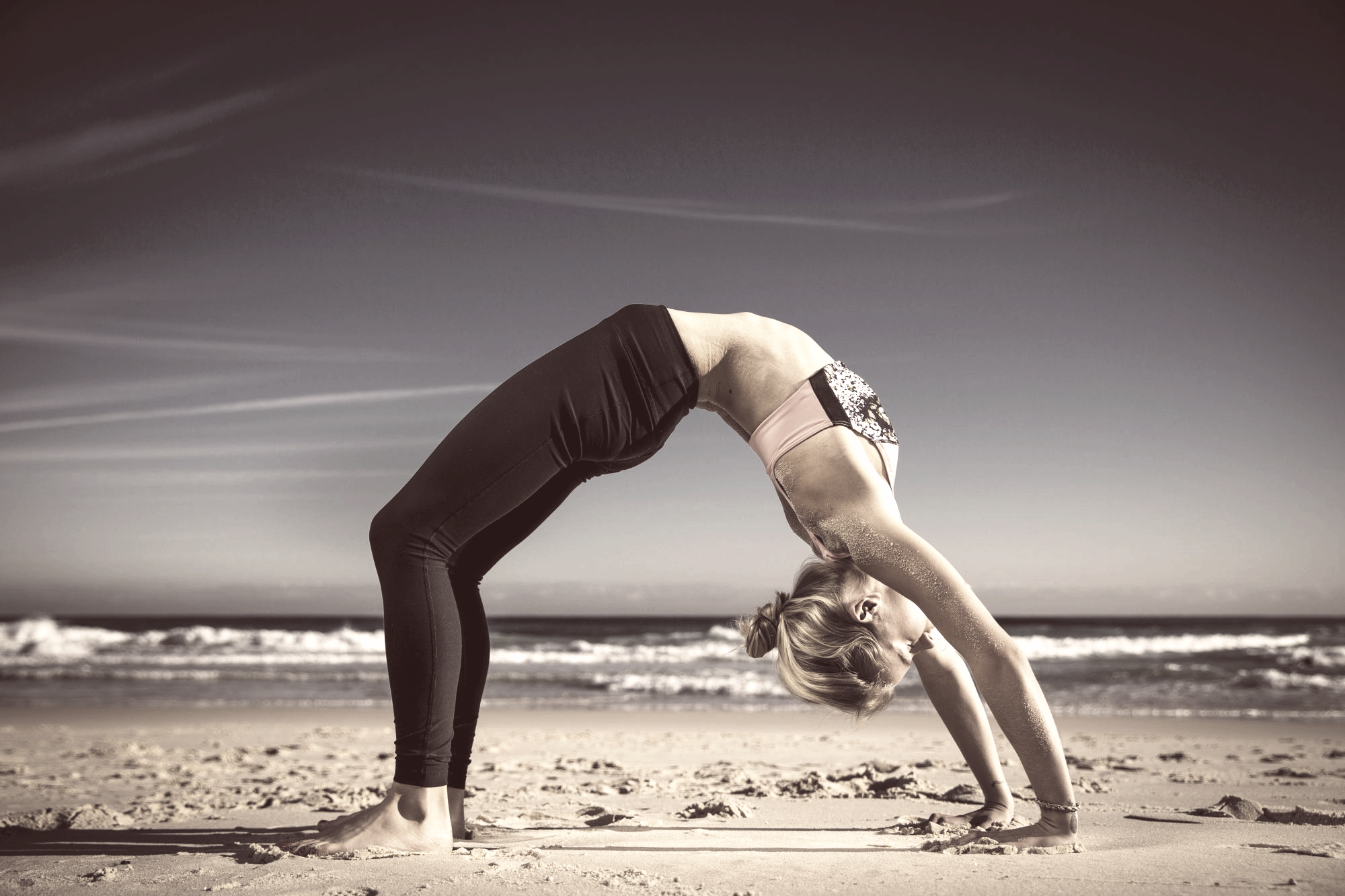
This week Yoga Wellbeing have started yoga courses and workshops that help you all move smoothly from a purely physical side of yoga into a meditation practice. So get comfortable and you take it one moment at time;
Starting Your Own Meditation Practice
We highly recommend a period of daily meditation. Add it to the end of your asana practice, or set aside another block of time. The important thing is that you find a time that works best for you. Don’t do too much too soon; you’re might get discouraged and stop altogether.
When and Where to Practice
To establish consistency, meditate at the same time and in the same place every day. Choose a place that is quiet, one that is pleasant, where you’ll be undisturbed.
Traditionally, the morning is considered the optimal time because you are less likely to be distracted by the demands of your day. Many people find that a morning meditation helps them enter the day with a greater degree of equanimity and poise. However, if a morning practice is a struggle, try an afternoon or early evening meditation.
If you are new to yoga and meditation, you may find adding five or 10 minutes of meditation at the end of your asana practice enough. When meditating independently of your yoga practice, a 15- to 20-minute time frame seems manageable for most beginners.
Posture
Choose a position that works for you. If you prefer sitting, either on a chair or on the floor, keep the spine erect and the body relaxed. Your hands should rest comfortably on your lap or thighs, with the palms up or down. If you choose to walk or stand, maintaining good posture is also critical, with your arms hanging freely by your sides. When lying down, place yourself in a symmetrical and comfortable position with the appropriate support under your head and knees if needed.
Method
Decide on your point of focus. If sound appeals to you, create your own mantra, silently or audibly repeating a word or phrase that is calming to you, such as “peace.”
Affirmations also work. “I am relaxed” or “I am calm and alert” as you breathe out. Using a tape of chants or listening to a relaxing piece of music are also options.
If you choose imagery, visualize your favorite spot in nature with your eyes closed, or gaze upon an object placed in front of you: a lighted candle, a flower, or a picture of your favorite deity.
One way to observe the breath is to count it: Breathe in for three to seven counts and breathe out for the same length of time. Then shift to simply observing the breath, noticing its own natural rhythm and its movement in your torso.
Whichever posture and method you choose, stick with them for the duration of your meditation period. Indeed, once you find what works for you, you’ll want to maintain that practice indefinitely.
Do not be surprised or discouraged by how frequently your thoughts wander. When you realize that your mind has become distracted, simply return to your chosen point of focus.
How Do You Know If It’s Working?
At the beginning you might feel uncomfortable meditating—sitting for 20 minutes may cause your legs to fall asleep or cramp up, walking slowly may bring up feelings of impatience or agitation, and reclining poses may merely make you fall asleep. Conversely, you may have some profound experiences the first few times you sit, only to spend the next few frustrating days trying to duplicate them. Relax. Meditation shouldn’t cause you to feel unreasonably stressed or physically uncomfortable. If it does, reduce the length of your practice time or change your position (from walking to sitting; from sitting to standing). It can be a process but once you’ve found the type of mediation that works for you the rest will follow.










Thanks I have really enjoyed this article